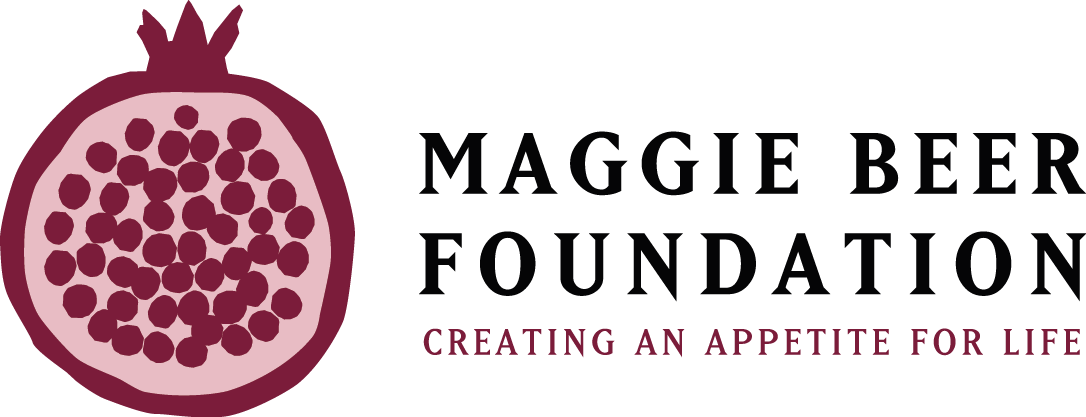The Maggie Beer Foundation team are always learning; we have recently engaged with a group of passionate and knowledgeable experts to discuss culturally appropriate food for the elderly.
For older persons across all cultures, there is a sense of pleasure and joy in eating familiar, flavoursome, nutritious and textured food, which is important to their health and wellbeing. Food in this sense is associated with comfort, identity and culture, as well as spirituality. Many migrant populations continue the food habits and dietary customs of their country of origin or traditional homelands. In aged care services, people are reliant on others to prepare meals. When such meals are prepared without consideration for preference, religious beliefs and culture, there is disconnect from what ought to bring pleasure and meaning to the lives of ageing persons.
Below we share the simple khichdri, one of the many South Asian dishes that can be modified to suit the palate across cultures and across different age groups. In this sense, khichdi is truly a dish that can become culturally appropriate food across Australian society.
Khichdri is a humble and versatile food that transcends borders and boundaries which makes it a culturally appropriate food. Made with rice, lentils and spices, khichdri can be ‘dressed up’ or ‘dressed down’ as a meal. It can be adapted across cultures to suit different demographics and different age groups. The basic pantry ingredients for this popular comfort food remain the same: rice, split green lentils (moong dhal), ghee (clarified butter), cumin seeds, ginger and asafoetida spices accompanied with yoghurt or lassi (yoghurt drink), pickles or cachumber (sliced onion tomato salt and lemon juice salad) on the side.
Khichdi history
The South Indian dish is spelt in a variety of ways ranging from khichri, kichadi, or khichdi. The most common lentil is moong dhal (green gram split) for the Punjabis and Maharashtrian Indians. The lentil may vary from region to region in India as well as within the global South Asian diaspora. For instance, some Guajarati’s use tuver dhal (pidgeon pea) or a bit of moong and tuver.
For babies, bland khichdi is often the first solid mushed up food. I recall mum making us children khichdi when we were a bit under the weather, had a little upset stomach or were recovering from gastro-enteritis. At other times, one often turned to this quick nutritious evening meal following a heavy midday Sunday lunch. Our grandparents relished the simple khichdi that provided them with all the essential nutrients but also helped them maintain their gut health. In this sense, this simple dish of khichdi both detoxifies and balances digestion.
Spices such as cumin, ginger, turmeric and asafoetida have been used for thousands of years as ayurvedic remedies with health benefits. The nutty earthy flavors of cumin promote and speed up digestion. Ginger is used commonly in South Asian cooking for ailments such as colds, nausea, stomach pain, or general aches and pains. Turmeric, better known as a superfood these days, helps alleviate pain and inflammation in the gut or to reduce fever and sore throats. The strong spicy pungent asafoetida helps alleviate gut bloating or as a substitute for onion and garlic for those who cannot or do not consume root vegetables owing to religious or health reasons.
Khichdi can be made in less than 30 minutes or even 10 minutes if using a pressure cooker.
Ingredients:
- Soak either together or separately ½ cup rice and ½ cup moong dhal
- 1 small brown onion finely diced
- 1 medium tomato deseeded and pureed
- 1 teaspoon finely grated ginger
- Pinch asafoetida
- 1-2 teaspoons ghee or olive oil
- Indian curry leaves (optional)
- Salt and pepper to taste.
Optional:
- 1 green chilly split lengthwise
- ¼ teaspoon turmeric powder
- ¼ teaspoon chilly powder
- 1.5 cups mixed chopped vegetables such as carrots, potatoes, peas or beans.
Method:
In its most bland form for convalescence, palliative care or the elderly who have difficulty in swallowing:
- Soak 1 cup rice and 1 cup lentils for half an hour.
- Boil in 2 cups water and/or half cup milk to give an added taste.
- Add a teaspoon of ghee (olive oil, butter) and salt and pepper to taste.
For a slightly spicy version:
- Melt the ghee in a heavy based pan
- Sauté the onion in ghee (olive oil)
- Add cumin seeds, curry leaves, sauté for half a minute
- Add a pinch of asafotida, ginger and sauté for half a minute on low flame to prevent burning
- Add chopped onion and green chilly (optional) till mixture is golden brown
- Add tomato puree, turmeric and chilly powder, stir and sauté for 2-3 minutes
- Drain the rice and lentils and add to the spices – stir for 3-4 minutes to coat with spices
- Add 3 cups of water to make a porridge like consistency (add ½ cup extra for more mushy)
- Add salt and pepper.
- Bring mixture to bubbling boil on high heat, then turn down to medium heat and let mixture cook for 20-25 minutes, stirring every 10 minutes to prevent mixture sticking to base of pan. (Can use pressure cooker for 10 minutes to minimize cooking time).
The humble nutritious khichdi can be dressed up or dressed down to suit the stomach rumblings.
Dress up:
- Serve with carrot and ginger pickle on the side;
- Serve with yoghurt – simple.
Westernize it:
- Add green steamed vegetables such as green beans and broccoli.
- Add a potato curry on the side (carbs) skin on.


